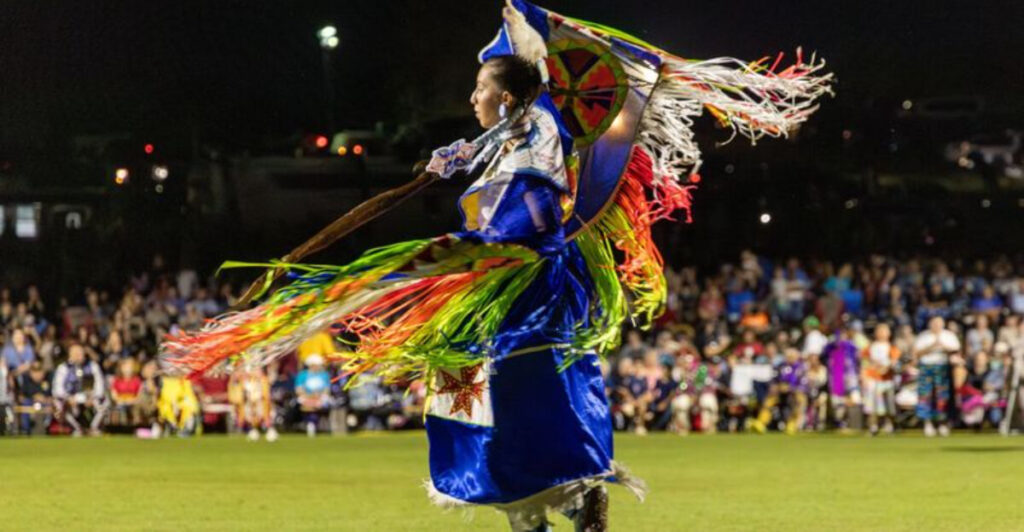Step into a world where ancient traditions meet modern life in Oklahoma’s Cherokee Nation. This remarkable destination offers visitors a chance to experience one of America’s most resilient Native American cultures firsthand. From historic museums to living cultural demonstrations, the Cherokee Nation provides an authentic journey through centuries of rich heritage and enduring traditions.
1. Cherokee National History Museum
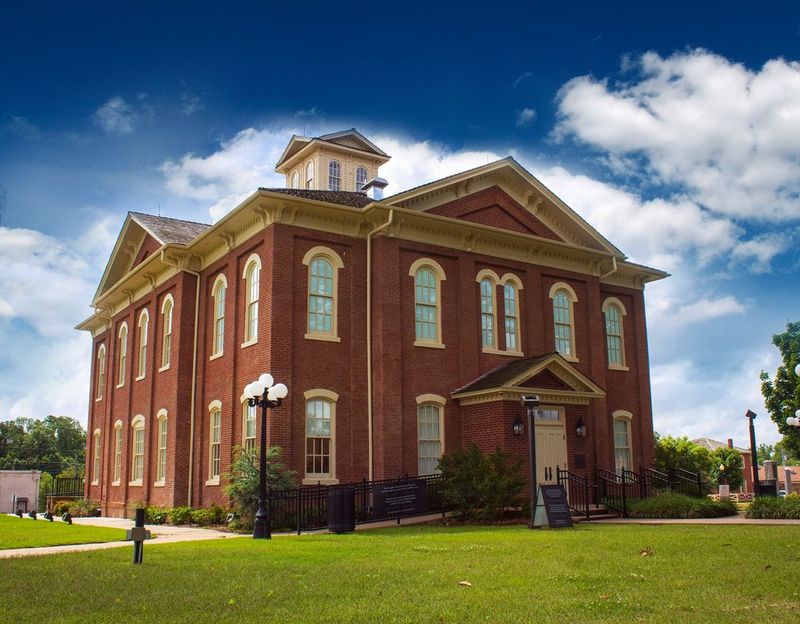
Walking through the doors of this impressive museum feels like stepping back in time. Located in the beautifully restored Cherokee National Capitol building in Tahlequah, this treasure houses artifacts that span thousands of years of Cherokee history.
Interactive exhibits bring stories to life through touchscreen displays and immersive experiences. You can explore everything from ancient pottery and tools to modern Cherokee art and government documents.
The museum’s crown jewel is its collection of Cherokee Phoenix newspapers, the first Native American newspaper published in both Cherokee and English languages back in the 1820s.
2. Cherokee Heritage Center
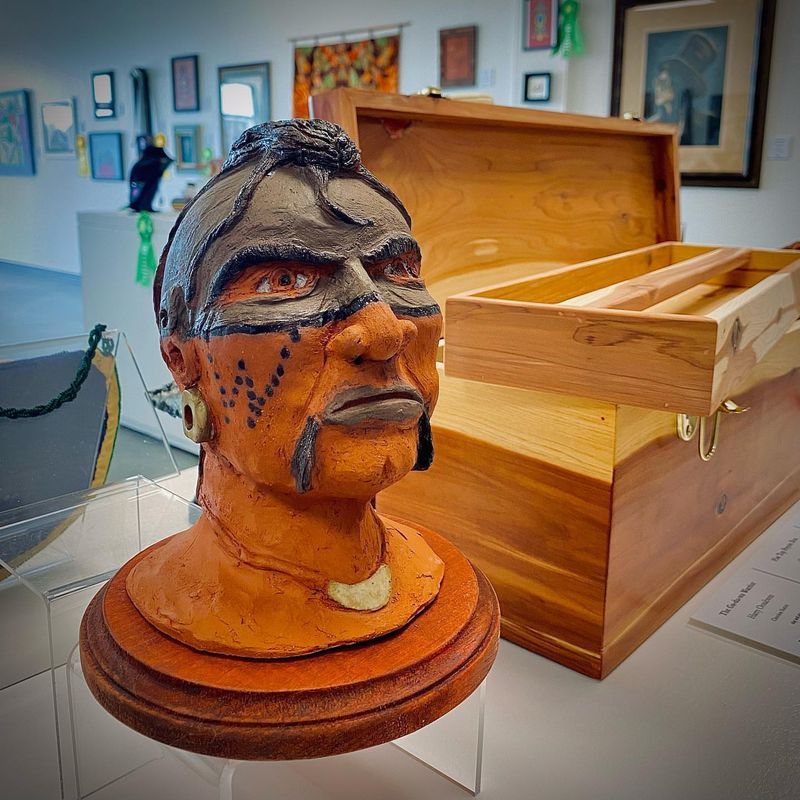
Imagine watching skilled artisans create beautiful pottery using techniques passed down through generations. At the Cherokee Heritage Center, history comes alive through hands-on demonstrations and authentic recreations of traditional Cherokee life.
The highlight is Diligwa, a recreated 1710 Cherokee village where costumed interpreters show visitors how their ancestors lived centuries ago. You can watch traditional cooking methods, basket weaving, and storytelling sessions.
The center also houses extensive genealogical records, helping Cherokee descendants trace their family roots and connect with their ancestral heritage in meaningful ways.
3. Cherokee National Supreme Court Museum
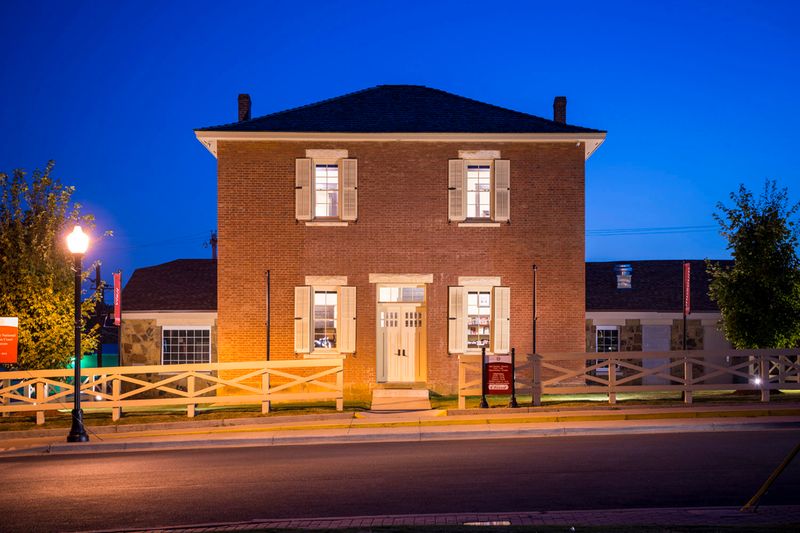
Standing before Oklahoma’s oldest government building, constructed in 1844, you’re looking at a symbol of Cherokee resilience and governance. This historic courthouse tells the fascinating story of how the Cherokee Nation developed its own legal system.
Inside, you’ll discover the original printing press used to publish the Cherokee Advocate newspaper. The exhibits showcase how the Cherokee people maintained their judicial traditions even after forced relocation from their southeastern homeland.
Court records and legal documents reveal how Cherokee law influenced modern American jurisprudence in ways many people never realized.
4. Cherokee Cultural Pathway
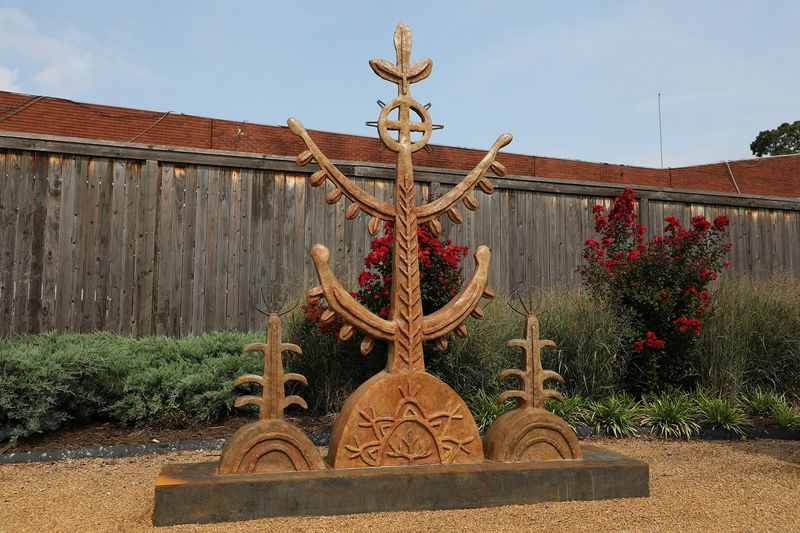
Art and history blend seamlessly along this stunning walkway connecting downtown Tahlequah’s most important cultural sites. The pathway features rotating large-scale sculptures and permanent installations created by Cherokee artists.
Each artwork tells part of the Cherokee story through modern artistic interpretation. Bronze sculptures, colorful murals, and interactive displays make the walk both educational and visually striking.
The pathway connects three major museums, making it easy for visitors to experience Cherokee culture in a single, memorable afternoon. Benches along the route provide perfect spots for reflection and photography.
5. Cherokee National Holiday Celebration
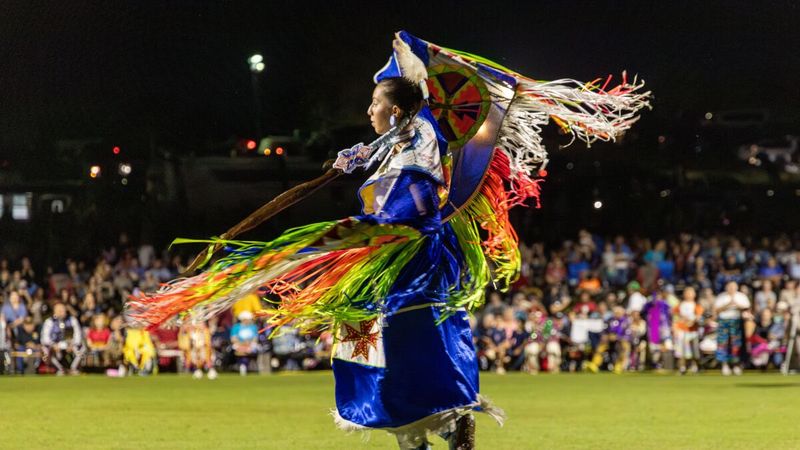
Every Labor Day weekend, Tahlequah transforms into a vibrant celebration of Cherokee culture and community. This annual festival commemorates the signing of the Cherokee Constitution in 1839, marking a new beginning after the Trail of Tears.
Two nights of intertribal powwows fill the air with drumming, singing, and colorful traditional dancing. Families gather to compete in stickball games, a traditional Cherokee sport that’s been played for centuries.
Food vendors serve authentic Cherokee dishes while artisans display their finest beadwork, pottery, and handwoven baskets throughout the festival grounds.
6. Traditional Cherokee Food Experiences

Taste tells stories that words cannot express, and Cherokee cuisine reflects centuries of connection to the land. Traditional dishes like bean bread, made from cornmeal and beans, showcase the agricultural heritage of the Cherokee people.
Wild onions paired with scrambled eggs create a unique flavor combination that’s been enjoyed for generations. Frybread, while adopted during difficult times, has become a beloved comfort food throughout Indian Country.
Local restaurants and community events offer authentic Cherokee meals prepared using traditional recipes passed down through Cherokee families for hundreds of years.
7. Cherokee National Prison Museum
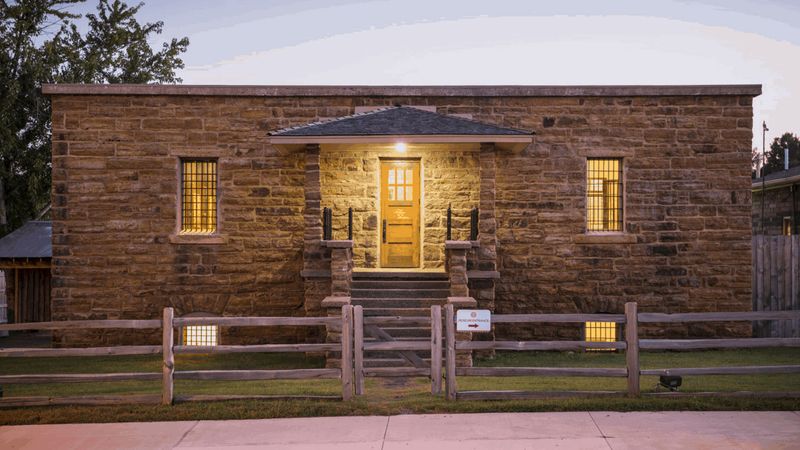
Behind the thick sandstone walls of this 1875 structure lies a unique chapter in Cherokee and American frontier history. The Cherokee National Prison Museum explores law enforcement and justice in the Cherokee Nation during the late 1800s.
Original jail cells and historical records reveal stories of famous outlaws and the challenges of maintaining order in Indian Territory. The museum doesn’t glorify crime but rather examines how Cherokee law enforcement adapted to changing times.
Exhibits include authentic artifacts from the frontier era, including shackles, court documents, and personal items belonging to both prisoners and law enforcement officers.
8. Living Cherokee Language and Arts
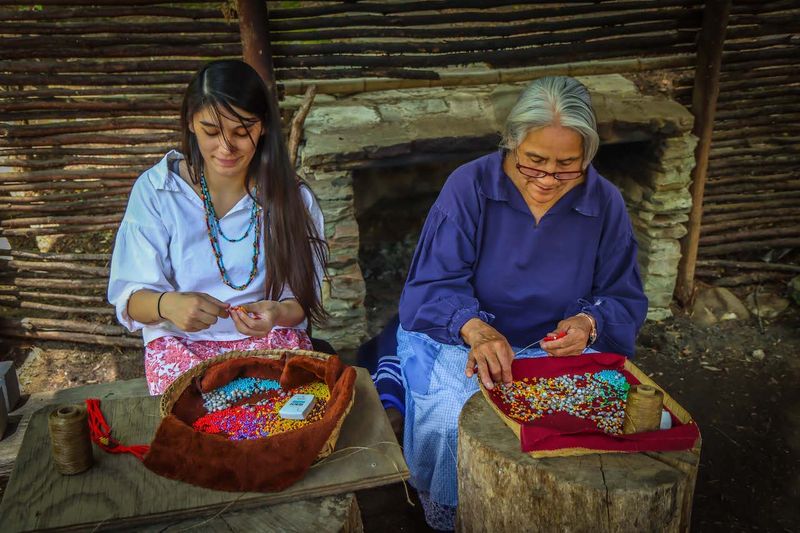
Cherokee syllabary, invented by Sequoyah in the early 1800s, represents one of the most remarkable achievements in linguistic history. Today, visitors can witness ongoing efforts to preserve and revitalize this unique writing system.
Language immersion programs and cultural workshops allow visitors to learn basic Cherokee phrases while understanding the deep spiritual connection between language and identity. Master artisans demonstrate traditional crafts like river cane basket weaving and pottery making.
These living traditions aren’t museum pieces but active practices that continue evolving while honoring ancestral knowledge and techniques passed through generations.

